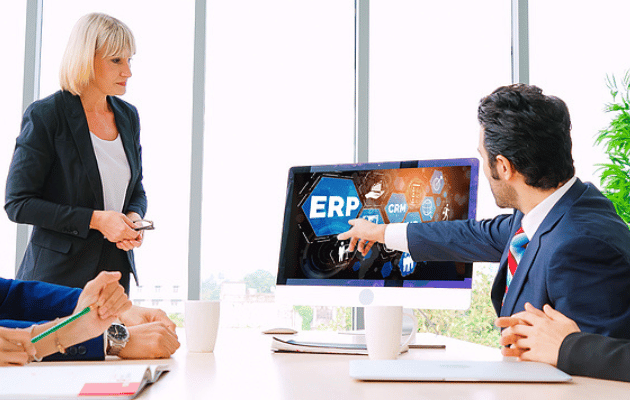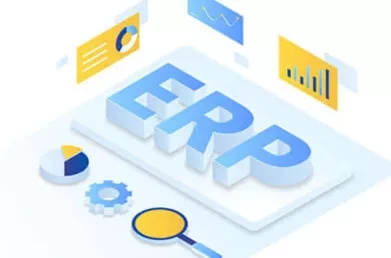Preparing for ERP – Part 2: What are you hoping to achieve?
If you’re about to start an ERP selection project there are two questions that should be easy to answer.
-
Why are you doing this?
-
What are you hoping to achieve?
Every project should have clarity on these points, but what does that look like for an ERP project?

Part 1 of this blog (Preparing for ERP - Why do you need a new ERP system?) looks at the motivations for embarking on an ERP project. This companion piece looks at business benefits and why this is such an important aspect of any ERP project.
Types of benefits
If we now turn our thoughts to “what are we looking to achieve?,” let’s introduce the concept of business benefits. When we talk about benefits we mean the “wins” or the “upside” for the organisation of investing in and implementing new systems. Start by identifying improvement opportunities and then identifying more specifically what the wins are. For each benefit, ensure it’s realistic to assume that systems could help deliver a solution.
- Strategic / High-level benefits – these are benefits that relate to the business objectives and strongly support the business strategy
- Quantifiable benefits could be financial – where a monetary value can be established, with supporting rationale – or non-financial but still quantifiable or measurable (for example improving a KPI)
- Unquantifiable benefits – where it’s not important enough to classify as strategic, it’s not quantifiable, but it’s still “a good thing” that’s worth documenting and pursuing.
It should be possible to create a list of benefits for each part of the business that’s potentially in scope. This is an important step, as whoever is responsible for each area should sign up to the benefits and agree that if you give them the right system then they will be able to deliver the benefits that have been documented.
The benefits work doesn’t end at this point. Benefits realisation should be an ongoing element right through the selection, implementation and beyond, regularly checking back to ensure the organisation is on track to deliver the benefits that have been identified.
Why are benefits important?
If you really want to just do a technical upgrade, making no changes to processes, and implementing no new features or functionality, you’re definitely missing a trick. The vast majority of organisations are aiming much higher than that and looking to deliver a real return on investment. More ambitious organisations may have ERP as the central plank in a Digital Transformation strategy. Focussing on benefits realisation – making sure that the delivery of planned business benefits is front and centre — is a core element of successful ERP projects
The second reason benefits are important is that they should inform the selection process and evaluate solutions for their ability to enable and support benefits. Having a clear view of the benefits profile can help you make decisions on the project scope. If there are many benefits it could bolster the argument to include an area in the ERP scope, whereas if there are few or no benefits it could mean an area drops out of scope.
And crucially, understanding benefits helps start the change management activity for your ERP project, as it helps underline the WHY aspects of the ERP project.
At some point in the ERP journey you will need to get approval to proceed with spending money — buying the software and starting an implementation project. It will be much easier to articulate your case coherently and explain why it’s worth doing the ERP project if you have done a benefits assessment.
This blog was written by Managing Partner John Donagher of Lumenia. If you would like further information please send an e-mail to John Donagher.


